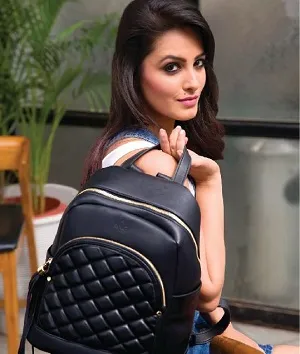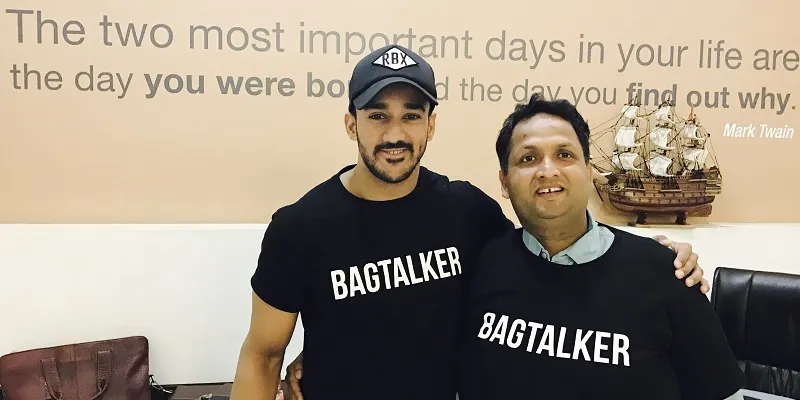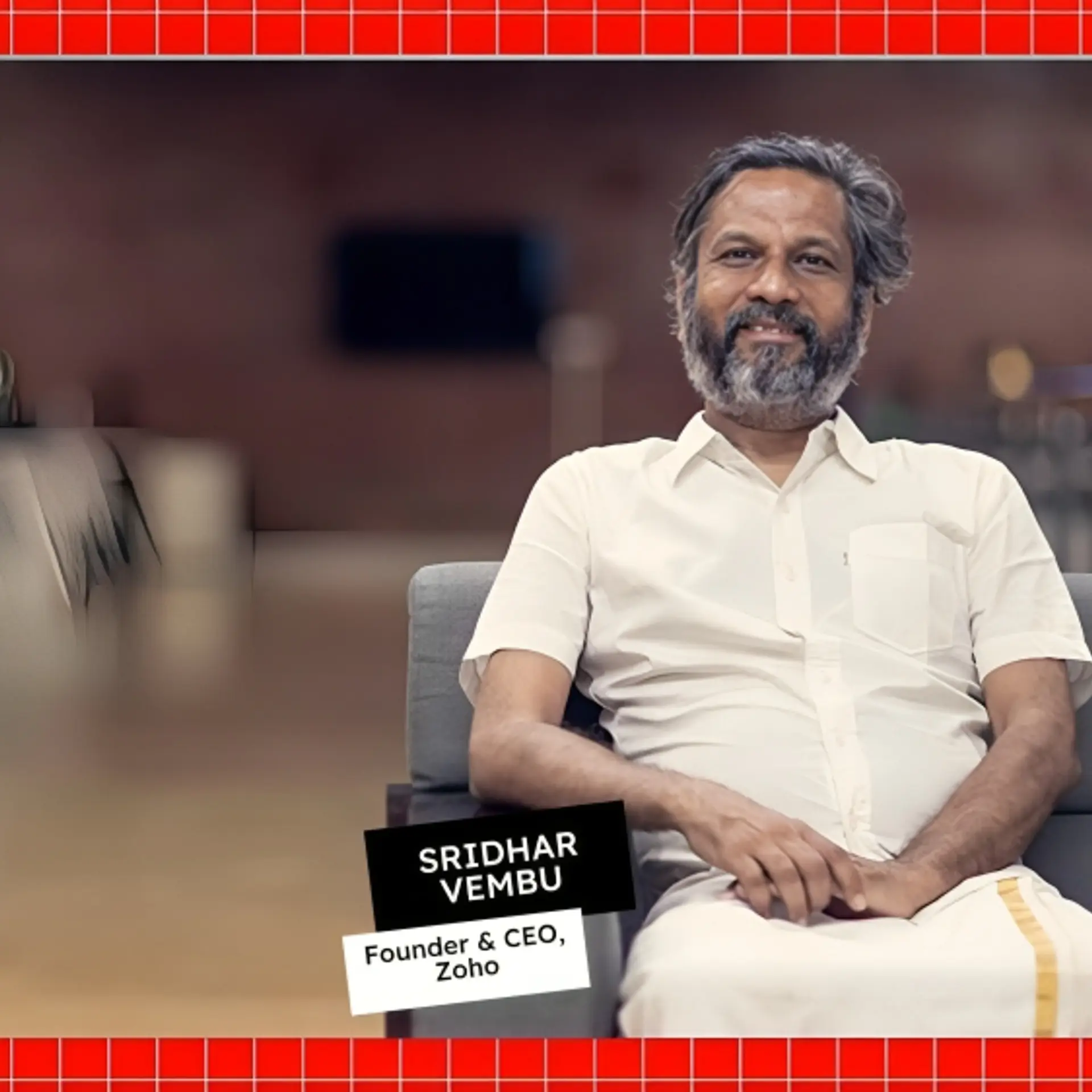How this TV actress and investment banker couple are bagging a new niche in e-commerce
An investment banker by profession, Rohit Reddy is no stranger to challenging roles — he has worked with Standard Chartered and also set up IDFC Bank’s digital initiatives.
It’s no wonder, then, that he identified a gap that seemed to have gone largely unnoticed in the e-commerce landscape — with the majority of volumes in horizontal marketplaces coming from mobile phones and electronics, the entire buying experience has been tailored to service only those categories.
Rohit also felt that for fashion articles like bags, the e-commerce approach needs to be different —there must be a powerful lifestyle persona which helps form a better connect with customers. He says,
Since bags and luggage is an extremely small category for today’s horizontal marketplaces, you don’t see any differentiation in terms of selection and variety. It’s mostly the same offline stuff being showcased online and with marketplaces allowing any trader/retailer to come on board, there’s always a scenario for the same SKU differently priced across locations (since they have their individual margins to play with). This doesn’t work too well for the customer, and doesn’t build trust in the brand.
Lastly, while Rohit thinks that there is very little differentiation between existing players, he thinks pricing can’t be one of them.
In partnership with his wife, television actress Anita Hassanandani, and good friend Tushar Jain, Managing Director, Mumbai-based High Spirit Commercial Ventures, Rohit started TheBagTalk.com, last year.
TheBagTalk is a curated marketplace for bags, luggage, handbags, clutches, wallets, and more.

Talking bags

Currently, a content platform talking about various style hacks involving bags and accessories, the transaction marketplace is set to be live by end of February this year.
According to Rohit, there are a couple of things which set their e-commerce marketplace apart from the rest.
First is the strong lifestyle focus of the brand, which reflects the UX and UI design of the marketplace. Rohit says that the platform plays with large background images, with photo shoots undertaken by TheBagTalk team for the brands, capturing minute details of the product.
Secondly, the founder claims that the platform is powered by strong analytics at the backend, which when coupled with machine learning engines, provides the right recommendations to customers.
Thirdly, the backend analytics are also available to sellers, providing them with insights about which products are attracting the most traffic, keywords, page analytics, and competitor analytics. They also predict the success rate of a product while cataloging.
Activating their B2B play for these brands, the firm will also provide 360-degree native advertising possibilities from in-house content creation to a content marketing team tasked with creating high-quality content with short videos and blogs to create interesting marketing possibilities for brands.
The firm has already on-boarded more than 20 bag manufacturers, directly giving the marketplace an access to almost 40 bag brands. Further, this direct partnership helps the marketplace eliminate distributors and retailers, preventing the variation in pricing.
By the end of March, post-launch, the firm plans to take this number to 100 brands.

Distributing to the million
TheBagTalk also plans to have a strong offline play apart from the online marketplace. Tying up with brands, the firm is working on creating a commission-based representative model for sales.
Focusing on an omni-channel approach, the firm is also looking to launch physical stores.
Rohit elaborates,
These would be state-of-the-art, highly tech-enabled formats wherein the consumers could engage with the products (to get a touch and feel), and eventually buy either at the store, or on their device. The delivery of the product would happen via the logistics partners. The store will be designed using machine learning, deep learning, and analytics technologies to help understand the customer and provide the best possible experience.
While following a zero-inventory model, the real estate space at parent company HSCV’s depots might be used to build the physical stores for the firm across six locations. Further, through HSCV’s 43 owned- and-operated depots, TheBagTalk would be able to stock and deliver locally to those locations within a day. Rohit also adds that once the volumes pick up, they would get a sense of the demand from a particular location and stack up inventory accordingly.

Brands and private labels
The founders also state that the e-commerce platform will be launching private labels and brands through HSCV.
Following are some of the ranges TheBagTalk is in talks to make exclusively available on their platform:
- Hashtag: The word Hashtag has been trademarked by HSCV and will focus on backpacks for the college-goers.
- Disney: HSCV has acquired a licence to manufacture and retail bags and luggage for various Disney (including Avengers) characters.
- Celebrity ranges: Various celebrity including Anita Hassanandani and Ekta Kapoor ( for Women’s Fashion category), Rannvijay Singh (for the adventure category), Jonty Rhodes (for sports, fitness and wellness category)will be manufactured and launched exclusively on the site. The celebrity will promote the bags across his/her social networks, thereby driving traffic on to the site. Just to give you an idea, among Anita, Rannvijay and Ekta, the social reach is a staggering six million (Instagram, Facebook, and Twitter).
Some of the already existing names include V.I.P, Samsonite, Swiss Military, American Tourister, and Baggit, among others.
On the other end, customer engagement will be driven through loyalty programmes, polls, and by having people fill basic personal information or through purchase behaviour.
The users can redeem points earned through loyalty programmes for purchases.
The difference

For Rohit, the major business model in TheBagTalk is not just inventory but also value-added services. For example, TheBagTalk provides sellers with services, including bulk uploading of inventory and cataloguing; it provides a panel to sellers regarding their SKUs, helping them determine the order management flow, while providing them services of logistics pickup and packaging, not to forget the previously mentioned native advertisement and content support.
While providing most of the above services free on the platform, TBT is looking to commercialise the services for sellers after a year of operations.
With an initial investment of $1 million, as of last month, the firm already had 12,000 registrations, of which 4,000 were OTP-registered users and 2,000 had their physical address fed on the platform. Presently with a team of 16, Rohit agrees that the larger aim is to follow a verticalisation strategy, creating newer e-commerce platforms for newer segments like fashion, shoes, etc.
Looking at the industry, there have been multiple players which have taken the single verticalisation route in e-commerce, be it Urban Ladder or Pepperfry for furniture or Lenskart for eyewear.
With fashion coming of age, we should see this diversification becoming even more evident in e-commerce. According to a recent study by the Internet and Mobile Association of India (IAMAI), Indian e-commerce stood at a worth of Rs 1.25, 732 crore, growing at a CAGR of 30 percent from December 2011 to December 2015.
Further, it claims that 49 percent of overall spend in retail came from categories across electronics and fashion, a good sign for companies like TheBagTalk, with a unique differentiator, to enter the market.
Website: TheBagTalk.com







